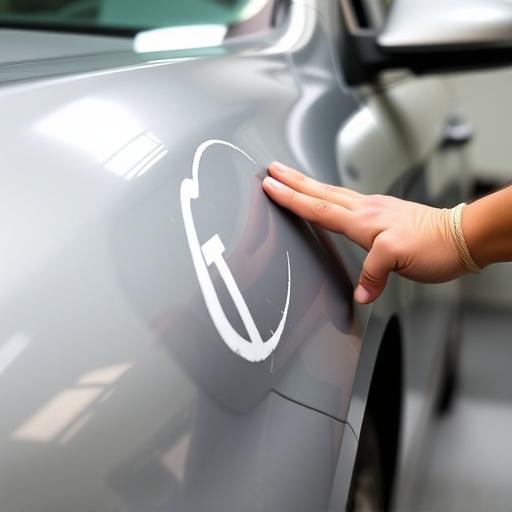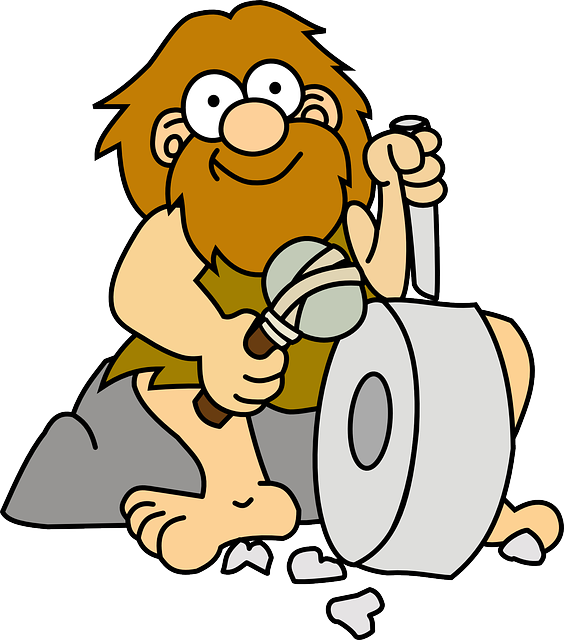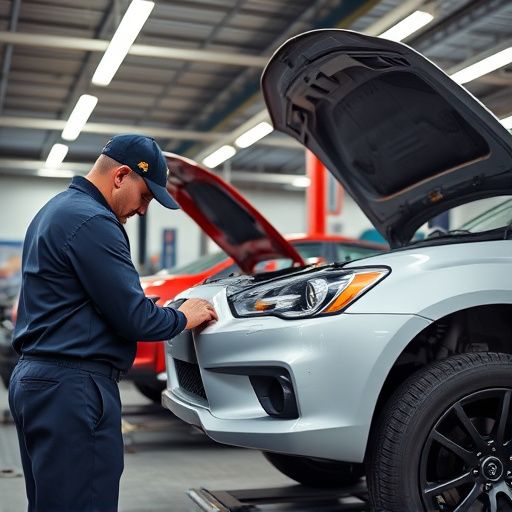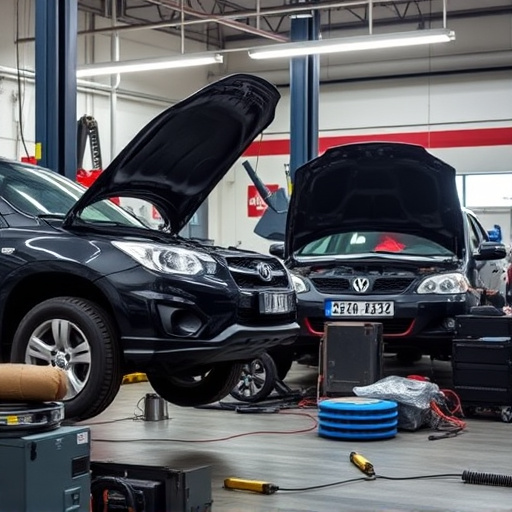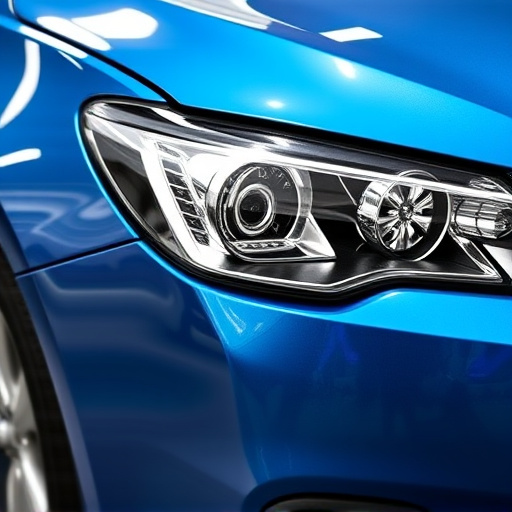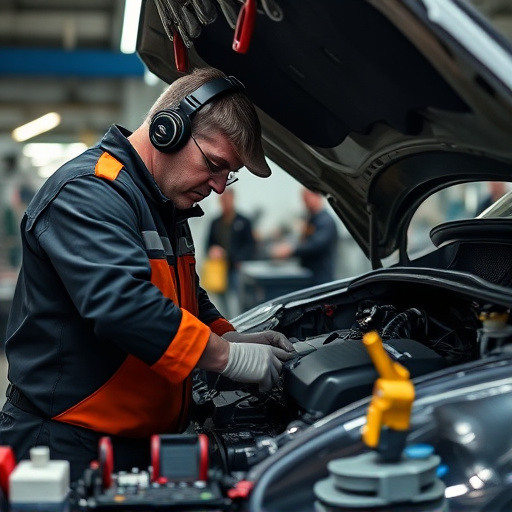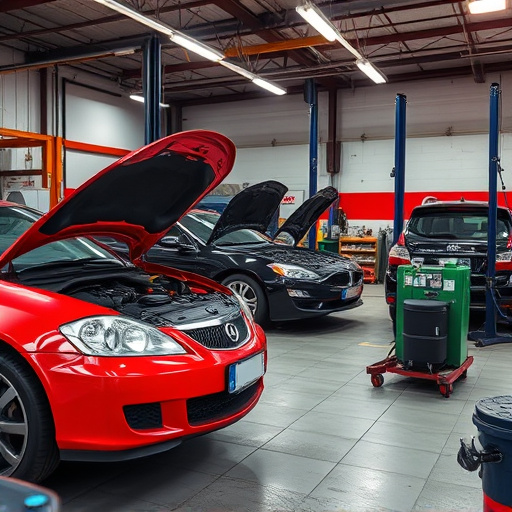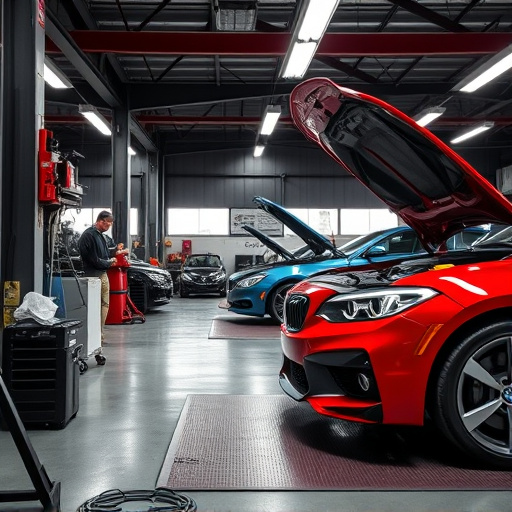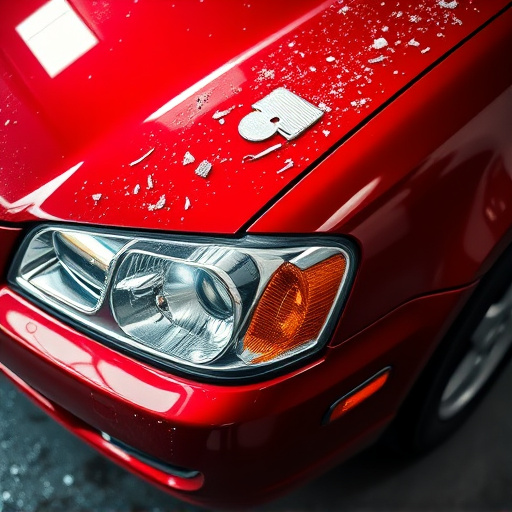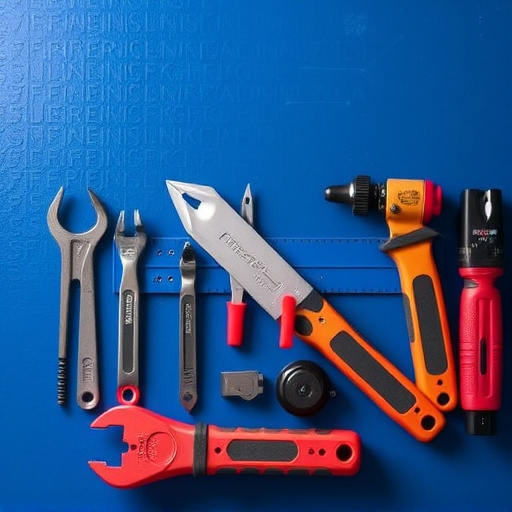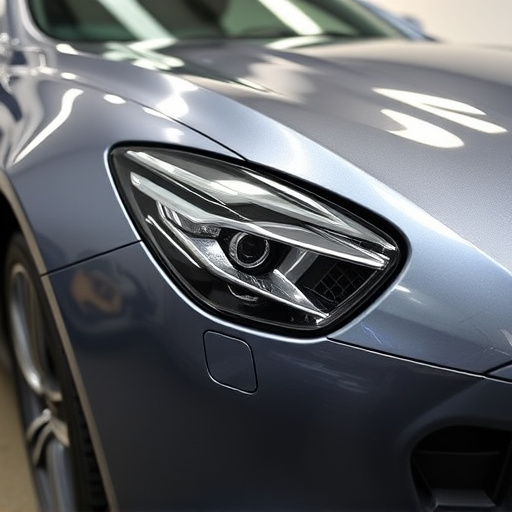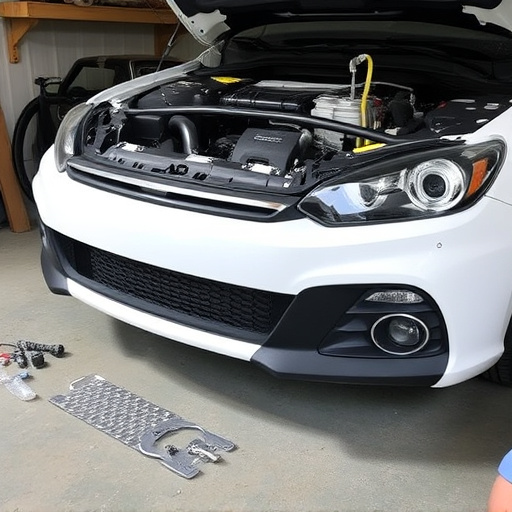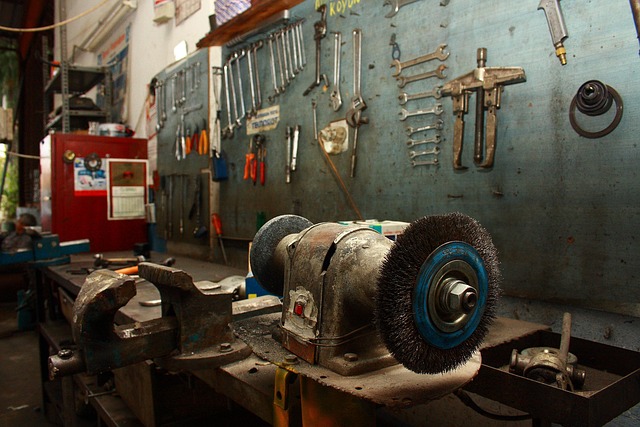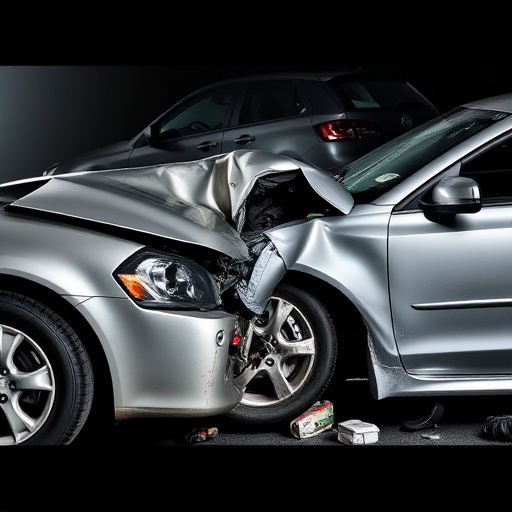Unibody frame repair begins with advanced damage assessment using diagnostic tools and laser measurement systems. Technicians disassemble components to access the undercarriage, replace damaged parts, and precisely reinforce structural elements with custom metal fabrication. A final inspection ensures all industry standards are met across chassis, suspension, glass, and bodywork before vehicle release.
Unibody frame repairs are crucial for restoring vehicle safety and structural integrity. During a typical repair, the process begins with a thorough assessment of the damage, followed by planning the most effective repair strategy. Next, disassembly allows for the replacement of damaged components while ensuring precision alignment. Structural reinforcement further enhances stability before a final inspection confirms compliance with safety standards. This meticulous approach guarantees that vehicles return to their pre-accident condition, enhancing roadworthiness and passenger security.
- Assessing Damage and Planning Repair Strategy
- Disassembling and Replacement of Damaged Components
- Structural Reinforcement and Final Inspection
Assessing Damage and Planning Repair Strategy
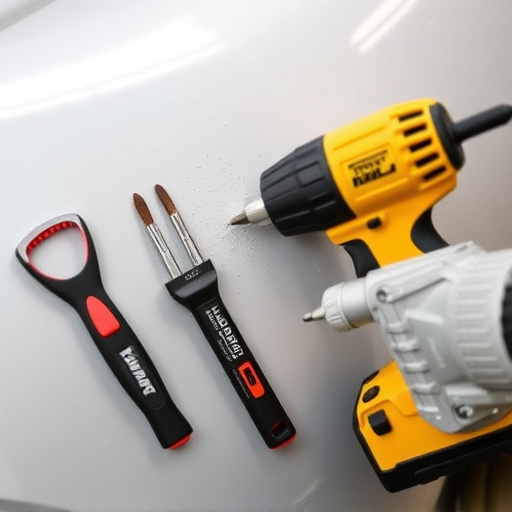
The first step in any unibody frame repair is a thorough assessment of the damage. This involves a meticulous inspection of the vehicle’s structure, using advanced diagnostic tools to pinpoint weak spots and identify components that require attention. Technicians carefully examine the unibody frame, looking for bends, twists, or deformations that can affect the car’s structural integrity. They also inspect nearby areas, as secondary damage is common in collisions. During this phase, specialized equipment like laser measurement systems help in taking precise dimensions to ensure accurate alignment during repairs.
Once the damage is assessed, a repair strategy is planned. Experienced technicians consider various factors, such as the extent of the frame damage, the age and type of the vehicle (in this case, a Mercedes-Benz collision repair might have specific requirements), and the desired outcome in terms of vehicle restoration. The plan outlines the steps required to straighten the frame, replace damaged panels, and ensure the vehicle’s safety and performance are restored, making it akin to new again through expert unibody frame repair techniques.
Disassembling and Replacement of Damaged Components
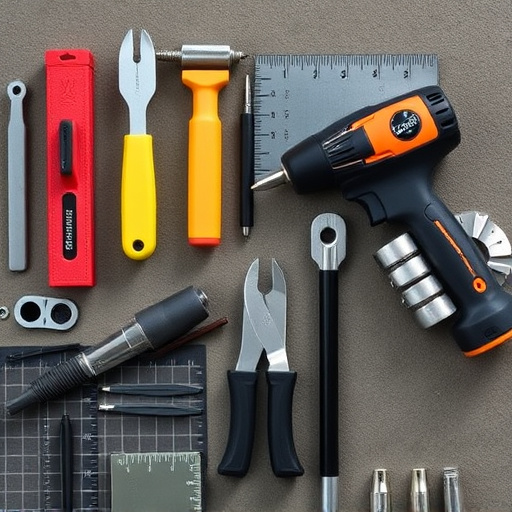
In a typical unibody frame repair, the first step involves meticulously disassembling various components of the damaged vehicle to gain access to the affected areas. This process is crucial, especially in modern cars where many parts are integrated into the structural framework. Skilled technicians carefully remove panels, trim, and other accessories to expose the undercarriage and the damaged sections. The goal is to assess the extent of the harm and identify which components require replacement or extensive repair.
Once the disassembly is complete, the real work begins. Damaged parts, such as bent frames, crushed panels, or broken structural elements, are replaced with new ones. This involves precise measuring and cutting to ensure a perfect fit. Technicians use specialized tools and equipment to bend and form metal back into its original shape, matching the vehicle’s manufacturing standards. The replacement process is an art that requires expertise and precision to match the car’s overall integrity and safety standards, making it a key aspect of vehicle dent repair and car collision repair.
Structural Reinforcement and Final Inspection
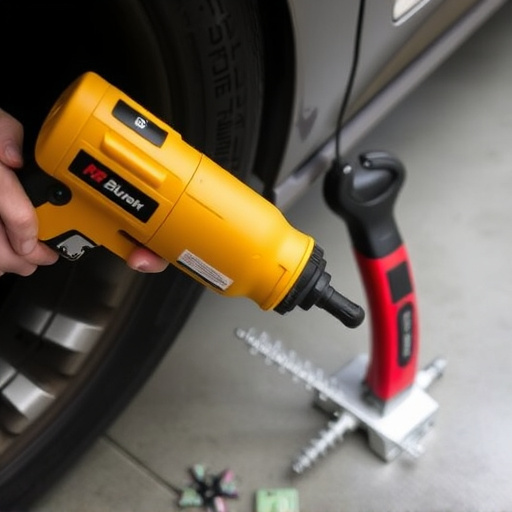
After the initial assessment and disassembly, the unibody frame is ready for reinforcement to ensure structural integrity. This crucial step involves strengthening critical areas that have been compromised or weakened due to the accident. Specialized metal fabrication techniques are employed to create custom patches and braces, precisely tailored to fit the unique contours of each vehicle. These reinforcements can include additional crossbeams, support brackets, and patch panels, all designed to restore the frame’s strength and stability.
Once structural reinforcement is complete, a meticulous final inspection is conducted. This involves a comprehensive visual examination and advanced diagnostic scanning to verify that all repairs adhere to industry standards. Every component, from the chassis to the suspension systems, is checked for precision alignment and proper functioning. Additionally, tire services, auto glass replacement, and car bodywork services are assessed to ensure the vehicle’s overall safety and drivability before it leaves the repair facility.
Unibody frame repairs involve a meticulous process of assessing, disassembling, reinforcing, and inspecting. By carefully navigating each step, from damage assessment to final inspection, professionals can restore vehicles to their pre-accident condition. This comprehensive approach ensures the structural integrity of the unibody frame, addressing every aspect of repair required for a safe and reliable vehicle. When executed properly, unibody frame repairs deliver top-notch results, showcasing a true testament to automotive craftsmanship.
